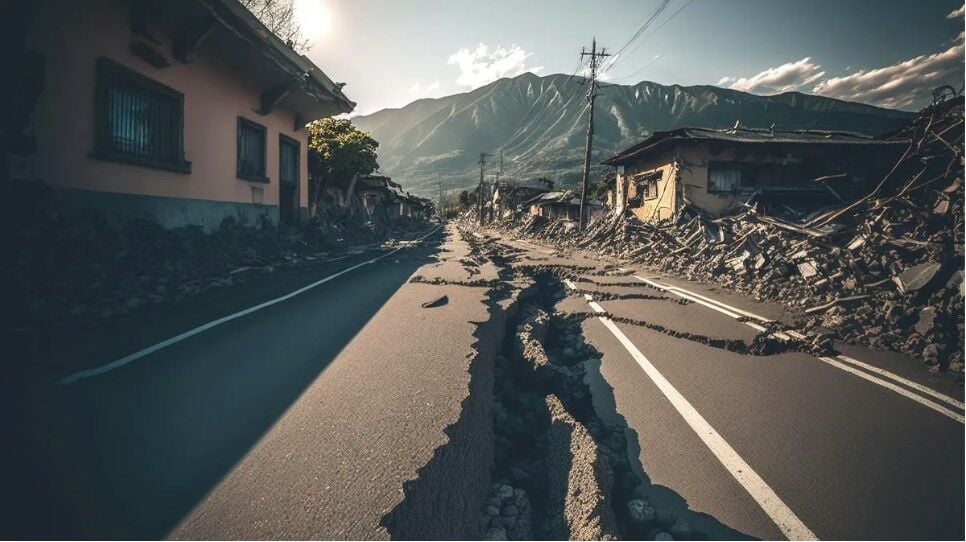West Thailand: Geology expert advises on undetectable earthquakes in Three Pagodas Fault

The Three Pagodas Fault in Kanchanaburi, west of Thailand, experiences hundreds of earthquakes annually. However, geology expert Prinya Putthapiban from Mahidol University’s Department of Geoscience advises that these quakes are predominantly minor and undetectable.
The fault line follows a parallel path to Myanmar’s Sagaing Fault and Thailand’s southern Ranong Fault, limiting its capacity to trigger potent earthquakes.
“The likelihood of experiencing a destructive earthquake along the Three Pagodas Fault, like those witnessed in southern China, northern Myanmar, or Nepal, is slim.”
Prinya’s remarks followed a recent earthquake in Kanchanaburi, which originated near the Nong Lu community in Sangkhla Buri District, approximately 6 kilometres underground.
The Three Pagodas Fault stretches around 60 kilometres across the Thong Pha Phum and Sangkhla Buri districts. These regions are neighbouring the largest dam in the country, the Srinagarind dam, situated in Kanchanaburi province.
Geologist Prinya affirmed that the recent four-magnitude earthquake on the morning of November 19 poses no threat to the Vajiralongkorn and Srinagarind dams. According to Prinya, the majority of earthquakes that occur along the Three Pagodas Fault are so mild they go unnoticed.
Earthquake analysis
Earthquakes measuring around 8 to 9 on the Richter scale in Southeast Asia, which can cause considerable damage, are more likely to occur on the ridge between the Indo-Australian Plate and the Eurasian Plate. This ridge is roughly 500 kilometres away from Thailand, reported Bangkok Post.
The Sagaing Fault in Myanmar is the closest fault line that could potentially inflict significant damage on Thailand. However, Prinya said that most earthquakes triggered by this fault occur on its western side. As Thailand is situated to the east, it remains largely unaffected.
In related news, a significant earthquake of 6.4 magnitude jolted Myanmar at 8.37am on November 17, as confirmed by the Earthquake Observation Division of the Thai Meteorological Department.
The epicentre was noted to be around 100 kilometres in the northwest direction from the Mae Sai district of Chiang Rai. Read more about this story HERE.
Latest Thailand News
Follow The Thaiger on Google News:


























